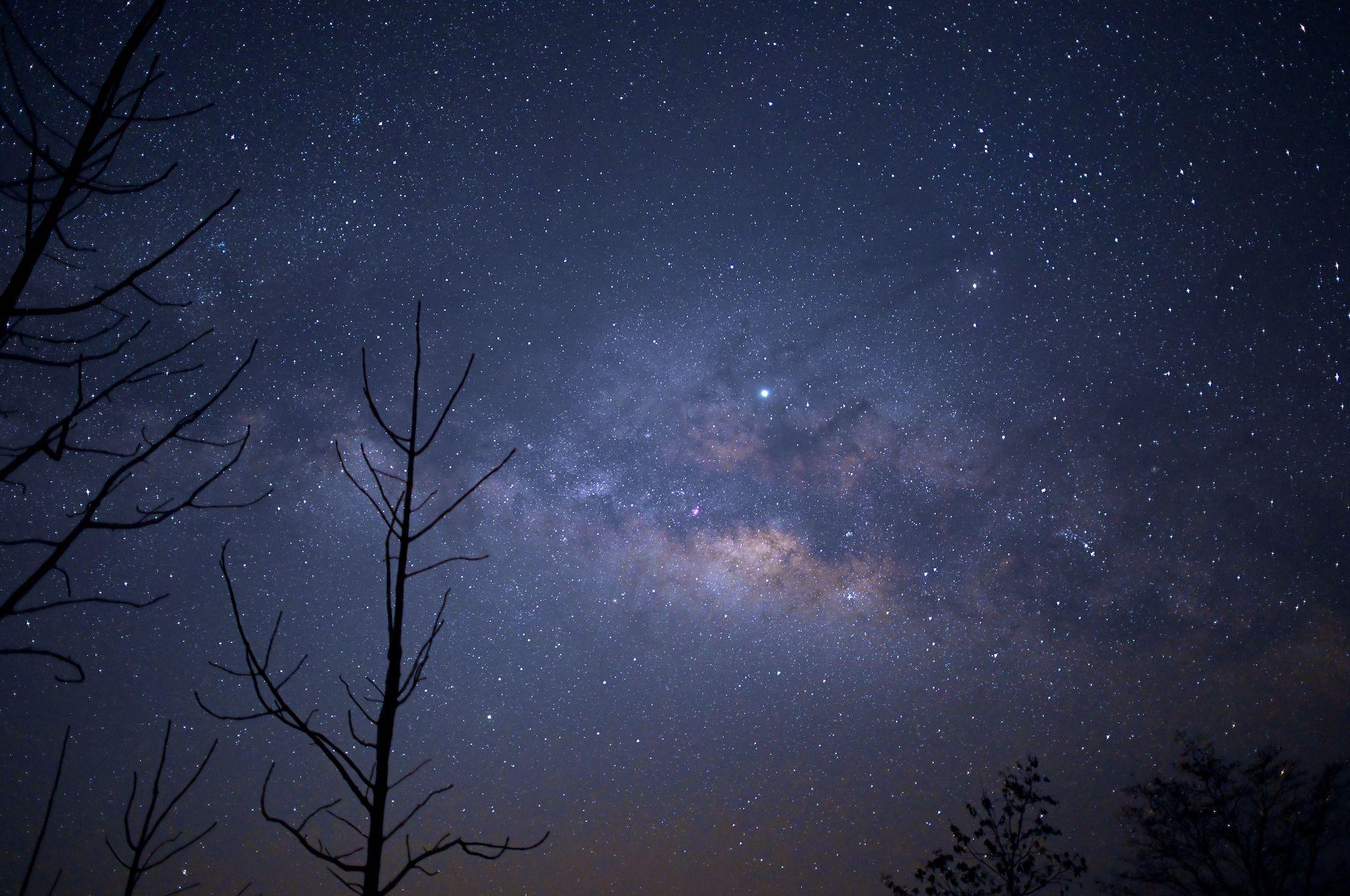Mystery gas shooting out of the centre of our galaxy 'like bullets', scientists say
Findings could shed light on where our galaxy is going

Researchers have found a dense, cold gas that has been shot out from the centre of the Milky Way.
The researchers are unclear how the gas has been sent out with such force from the centre of our galaxy. But it could help reveal where the Milky Way is heading, they said.
Scientists have been examining the wind from the centre of the galaxy over the last decade. One of the great breakthroughs came when they discovered the Fermi Bubbles, which are two giant orbs made up of hot gas and cosmic rays.
But the new discovery indicates there is also cold and very dense gas being shot out from the centre of the galaxy too. Since the cold gas is heavier, it is more difficult to move across the Milky Way.
As it pushes the gas out across the Milky Way, our galaxy could find itself without the resources it needs to go on forming stars, the researchers said.
"Galaxies can be really good at shooting themselves in the foot," Naomi McClure-Griffiths from The Australian National University, one of the researchers on the study, said.
"When you drive out a lot of mass, you're losing some of the material that could be used to form stars, and if you lose enough of it, the galaxy can't form stars at all anymore.
"So, to be able to see hints of the Milky Way losing this star forming gas is kind of exciting - it makes you wonder what's going to happen next!"
There is a massive black hole at the middle of our galaxy, known as Sagittarius A*. That could be responsible for shooting the gas out across the galaxy, or it could have been blown by the vast stars that are also nearby.
"We don't know how either the black hole or the star formation can produce this phenomenon. We're still looking for the smoking gun, but it gets more complicated the more we learn about it," lead author Dr Enrico Di Teodoro from Johns Hopkins University said in a statement.
"This is the first time something like this has been observed in our galaxy. We see these kind of processes happening in other galaxies. But, with external galaxies you get much more massive black holes, star formation activity is higher, it makes it easier for the galaxy to expel material.
"And these other galaxies are obviously a long way away, we can't see them in a lot of detail.
"Our own galaxy is almost like a laboratory that we can actually get into and try to understand how things work by looking at them up close."
The paper, 'Cold Gas in the Milky Way’s Nuclear Wind', is published in Nature.
Join our commenting forum
Join thought-provoking conversations, follow other Independent readers and see their replies
Comments
Bookmark popover
Removed from bookmarks